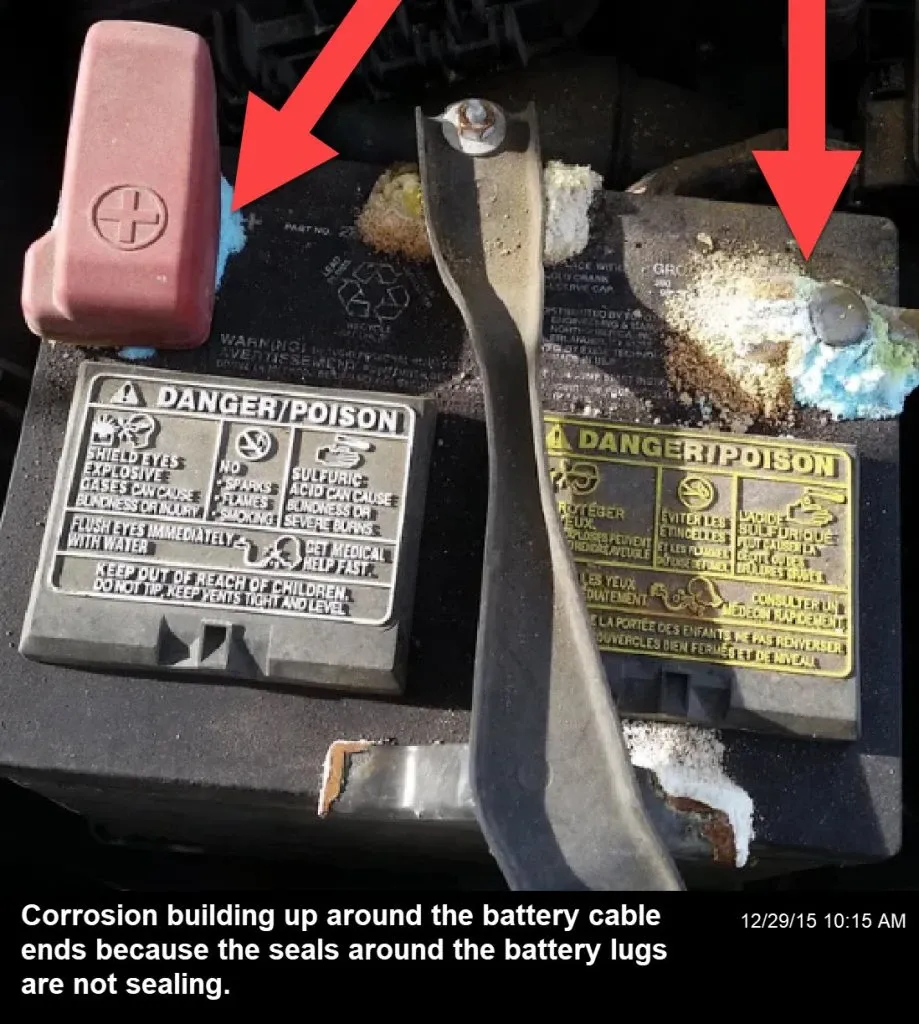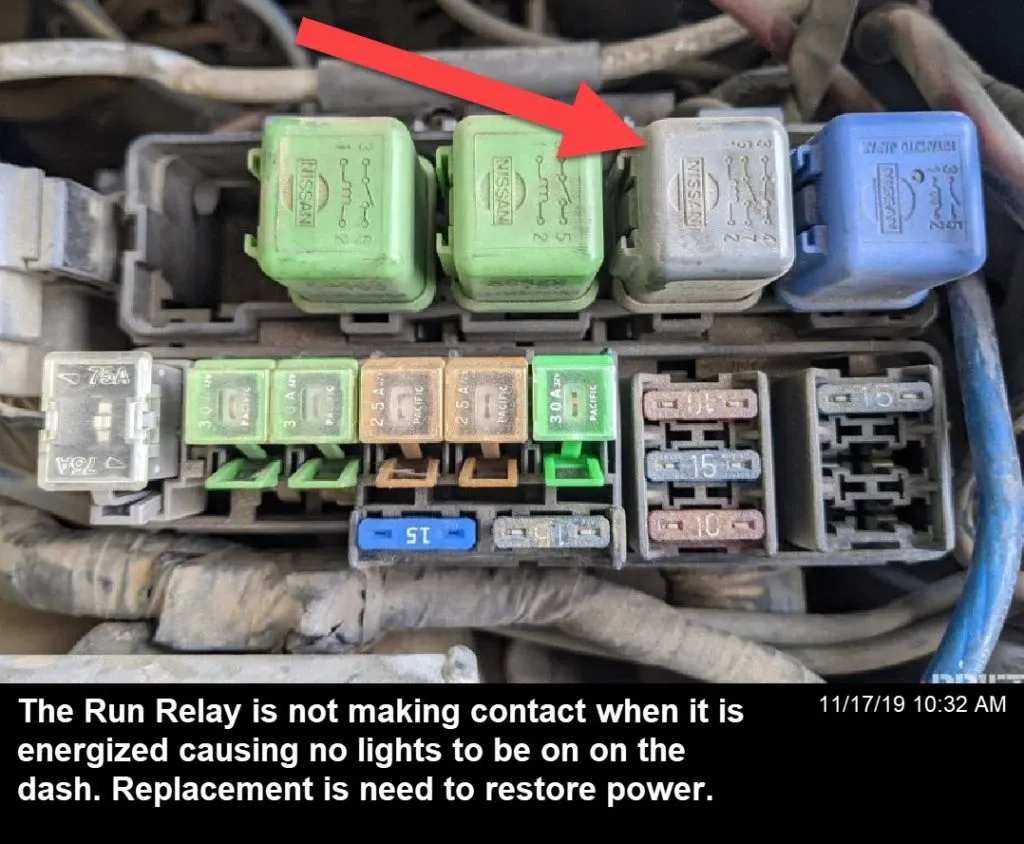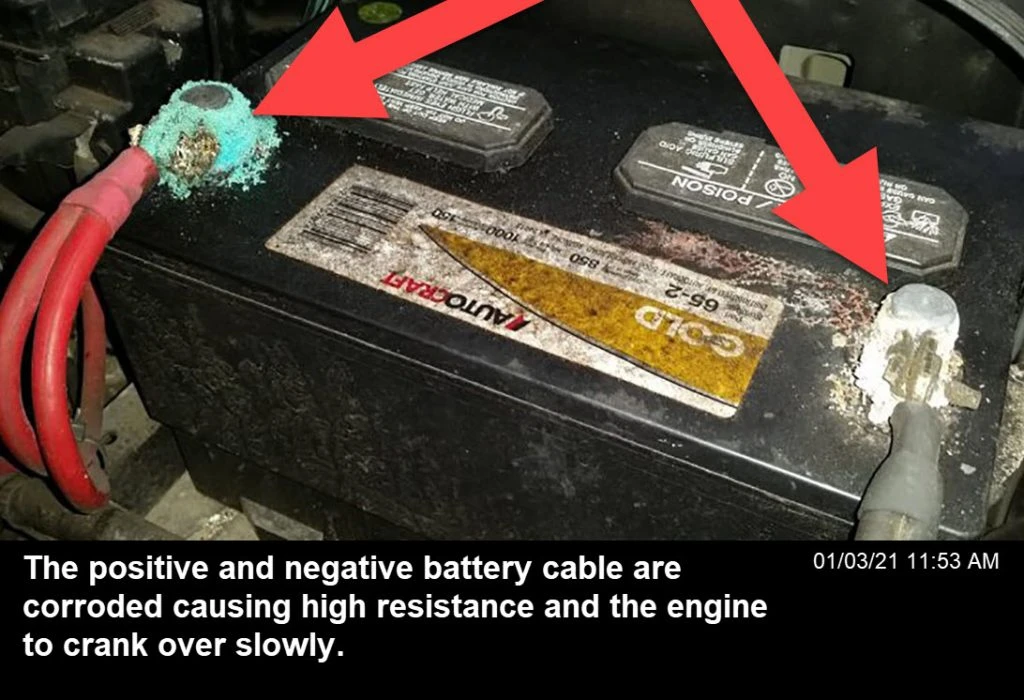
A car's battery system isn't just one single battery, but rather a collection of components working together and making a chemical reaction to power your vehicle. Here's a breakdown of the key parts:
The Battery:
- This is the core, typically a 12-volt lead-acid battery (though newer options like Lithium-ion exist). It stores chemical energy and provides the initial burst of power to crank the engine when you start the car.
- There are two main types:
- Flooded Lead-Acid: The classic lead acid battery option, with lead dioxide plates submerged in an acid electrolyte solution. Requires occasional maintenance and battery leak inspection(checking water level).

-
- AGM (Absorbent Glass Mat): A sealed, maintenance-free version where the electrolyte is absorbed in a glass mat.
The Alternator:
- The alternator is a generator, powered by the engine's rotation. It converts mechanical energy into electricity, replenishing the battery and powering the car's electrical systems while driving.
- A voltage regulator controls the alternator's output, ensuring the battery doesn't get overcharged and damaged.
Additional Components:
- Starter Motor: The starter motor uses the battery's power to crank the engine and get it started.
- Battery Cables: Thick conductors that carry current between the battery, starter, and alternator. They're typically connected to the positive battery terminal and the negative one.
- Fuses and Relays: Protect the electrical system from overload and surges. Car batteries work alongside them, and a faulty relay can be enough to cause ignition switch issues.

How it Works:
- When you turn the key, the battery provides a surge of power to the starter motor.
- The starter motor cranks the engine.
- Once the engine starts running, the alternator takes over, recharging the battery and powering the car's electrical systems.
- The voltage regulator ensures the battery doesn't get overcharged.
Beyond the Basics:
- Modern cars have complex electrical systems with multiple batteries and sophisticated management systems (especially in hybrids and electric vehicles).
- Regular maintenance (like cleaning corrosion and checking connections) is important for optimal performance and longevity.
How do I know when my car battery needs replacement?
Age: Generally, car batteries last 3-5 years, depending on climate, driving habits, and battery quality. If your battery is past its prime, it's wise to consider a replacement before it leaves you stranded.
Starting Issues: Does your car struggle to turn over when you start it, especially in cold weather? This could indicate a weak battery suffering from "cold cranking amps" that need replacing.
Frequent Jump Starts: If you need jump starts more often, it's a strong sign your battery is on its last legs.
Electrical Problems: Do your lights dim, windows move slowly, or other electrical components act sluggishly? A failing battery might be the culprit.
Dashboard Warning Light: Many modern cars have a battery warning light that illuminates if the battery voltage is low or there's another issue. Don't ignore this warning to avoid having a dead battery.
Battery Appearance: Look for signs of corrosion or physical damage on the battery casing or terminals. Typically, this type of corrosion makes the car struggle to start. This can indicate internal problems and warrant replacement.

Voltage Test: You can measure the battery voltage with a voltmeter. A healthy battery should read around 12.6 volts or higher. Readings below 12.4 volts suggest the battery needs charging, and below 12.0 volts indicate possible replacement.
Load Test: For a more definitive answer, get a load test done at a special equipment store or mechanic. This simulates the starting demands on the battery and reveals its true health.
Remember, it's better to be proactive than reactive when it comes to car batteries. So, Call a Shop nearby (you can find one here). Don't wait until you're stranded on the side of the road to address potential issues. Rely on a service that specializes in car battery work.






